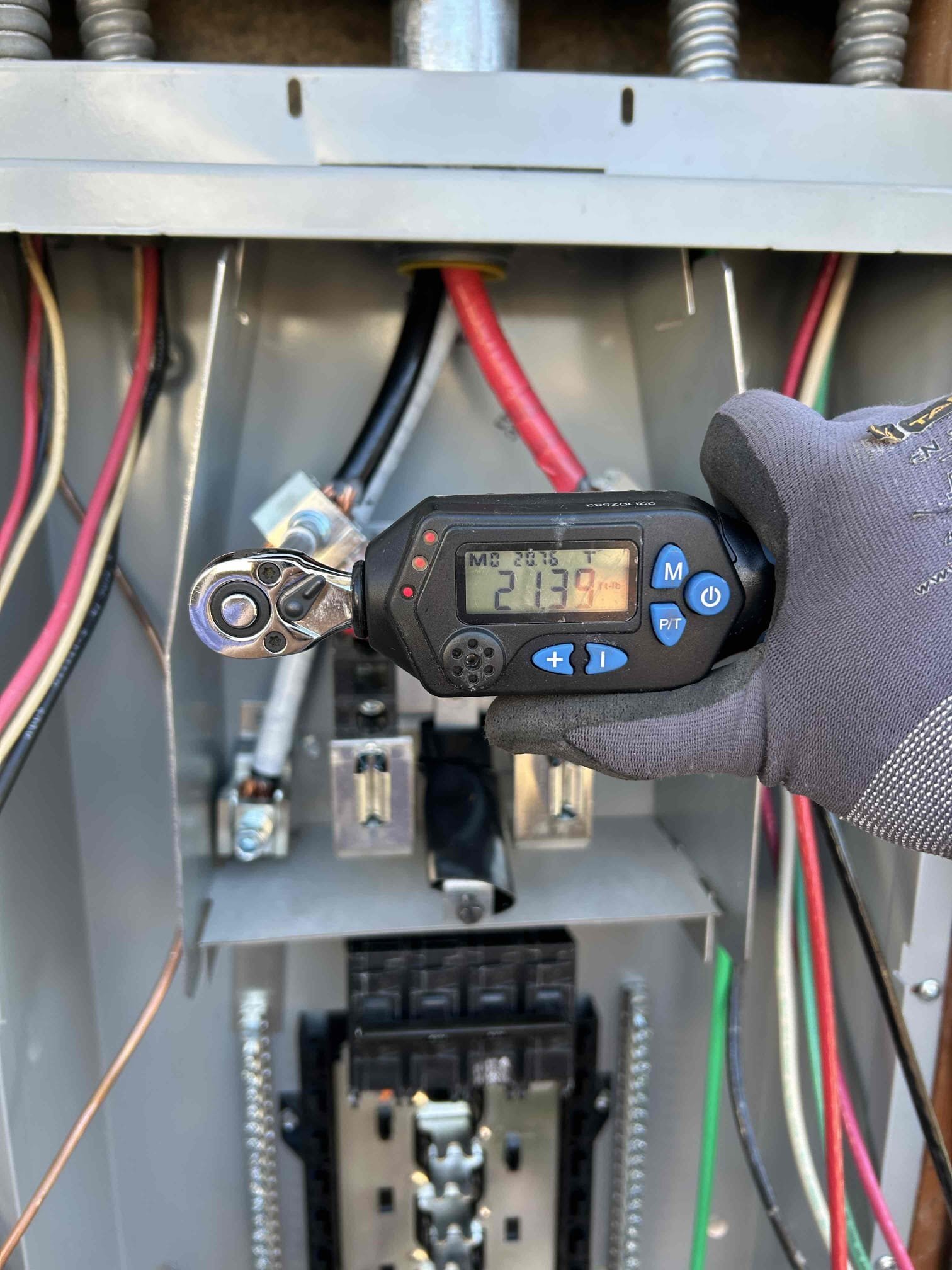One of the most important things when planning a home structure is an electrical plan. With proper plan your home will handle all your needs like high-voltage appliances and festive decoration. It’s crucial that every device has its own socket where it will be convenient for you to plug in. Let’s get sorted how to make a perfect electrical design for your home.
What Is an Electrical Plan?
An electrical plan is a blueprint where all electrical components have their location in your home. You can find their wiring layouts, lighting, switches, sockets and all other electrical elements.
Planning Essentials
To plan your own perfect electrical plans for a house there is a lot to consider. Take into account your lifestyle, household demands, potential upgrades, functionality, and, of course, safety. So here are key elements to keep in mind while planning your perfect electrical circuit.
Calculating Your Home’s Power Load
This part is crucial to make your home safe from overloads and breaking trips. To calculate your home’s power needs:
- List Your Appliances and Devices. Include all wattages of major and minor electrical devices. This will help to understand how much power you use and locate the reason if it goes out in our list.
- Group Circuits by Purpose. To avoid overloads, assign high-demand devices to separate circuits.
- Plan for a Safety Margin. Add at least 20% more capacity than your calculated needs to accommodate future appliances or devices.
By accurately assessing your power needs, you ensure a reliable and efficient electrical system.
Considering Your Future Needs
Your home’s electrical needs may change over time. Plan for potential upgrades or modifications:
- Smart Home Features: Include provisions for automation systems like smart lighting, thermostats, and security.
- Electric Vehicles (EVs): If you plan to own an EV, include a charging station in your plan.
Who Draws Up Electrical Plans?
That’s a job for professionals: professional electricians, electrical engineers, or architects as part of a broader construction blueprint. Of course, some experienced homeowners can create plans too, but these should always be reviewed by a licensed professional to ensure compliance with safety codes and regulations.
How to Plan an Electrical Installation?
Electrical installation is about your needs and safety standards. Here are the steps to plan your electrical installation:
Assess Your Requirements
- Count all outlets, switches, and fixtures for every single room.
- Keep in mind high-power appliances and smart home systems.
Draft an Electrical Plan
- Map out where all electrical components will be installed.
- Make a room wiring plan and point out areas for dedicated circuits.
Follow Safety Codes
- Stick to local and national standards for your area.
Hire a Professional
- Make sure that a licensed electrician inspect and execute your electrical plan.

How to Plan an Electrical Circuit?
Planning an electrical circuit ensures your home’s electrical system operates safely and efficiently. Follow these steps:
- Identify Circuit Needs. Determine the appliances, lighting, and outlets to be powered by each circuit. Assign high-demand devices like HVAC systems to their own dedicated circuits.
- Calculate Circuit Load. Add up the total wattage of all devices and fixtures on the circuit. Ensure the load doesn’t exceed 80% of the circuit breaker’s capacity. If it’s higher, this might become the reason why in future your outlets stop working, so check our article about other common reasons for this issue.
- Select the Circuit Type. Use 15-amp circuits for lighting and standard outlets and 20-amp circuits for kitchens, bathrooms, and high-power appliances.
- Plan Wiring Routes. Track cable routes between the breaker panel and devices and choose the shortest way to reduce energy loss.
- Incorporate safety features. In damp regions, use GFCI outlets.
- Give each circuit a label. On the electrical panel, properly mark the circuits for simple identification.
What Are the Requirements of an Electrical Plan?
Effective home electrical plans must meet the following criteria:
- Precision. Your outlets and other electrical components should be measured and marked properly.
- Code Concession. Your safety is also written in local and national buildings codes, so it’s crucial your electrical plan fits it.
- Distribution of load. To prevent overloads, make sure power is allocated evenly among circuits.
- Features for safety. Provide safety by using appropriate grounding, specific outlets for damp regions, and surge protection.
- Future-Proofing. Consider potential upgrades like EV chargers.
- Accessibility. Position outlets and switches for convenient use.
How Do You Create an Electrical Plan?
To do house electrical plan drawing, you should find the balance between technical knowledge and design considerations. Here’s how to do it:
- Drawing Tools. Drawing electrical plans is a task for the grid paper or software like AutoCAD or SmartDraw. To make it like a pro, check the symbols for outlets, switches and fixtures.
- Draw the Floor Plan. Before placing your electrical dreams, make a layout of rooms where you are going to do so.
- Mark Locations. Now you can place outlets, switches, lights, and major appliances where you want them to be.
- Plan Circuits. Group electrical components and circuits with a breaker for each one. Read our article to learn how breakers work and why they are essential for your home!
- Route Wiring. All devices should be connected to their assigned circuits with wiring paths.
- Re-Check. Make sure your plan fits with safety standards and is accurate.
- Look for a Professional. Show your plan to the licensed electrician so it’s approved.
How to Read Electrical Plans
It won’t be a challenge to read an electrical plan with understanding the symbols and layout.
- Learn the Symbols. Check out what each symbol represents: circles for outlets, "S" for switches and so on. Also take a look at the legend or key that is included in the plan.
- Understand Circuit Layouts. Track the wiring lines to see how circuits connect on your house wiring connection diagram.
- Locate Key Features. Find breaker panels, GFCI outlets, and major appliances on the plan.
- Check the Load Distribution. Make sure that the circuits are balanced.
- Look Closely at Safety Features. Locate all symbols for surge protectors, grounding, and emergency shut-offs.
- Verify Measurements. Ensure dimensions align with the actual room layout.
Now you can read electrical plans effectively, which gives you an unique opportunity to be sure the design meets your needs.
Summary of Planning Essentials
Precision is crucial while planning your electrical circuit. Make a mixture of your current and future needs, safety requirements and convenience to make a perfect electrical plan. Create a blueprint that ensures your home’s electrical system is safe, functional, and efficient. Remember that well-planned electrical layout will make your everyday life conveniently and smoothly and in addition increase the value and sustainability of your home.
